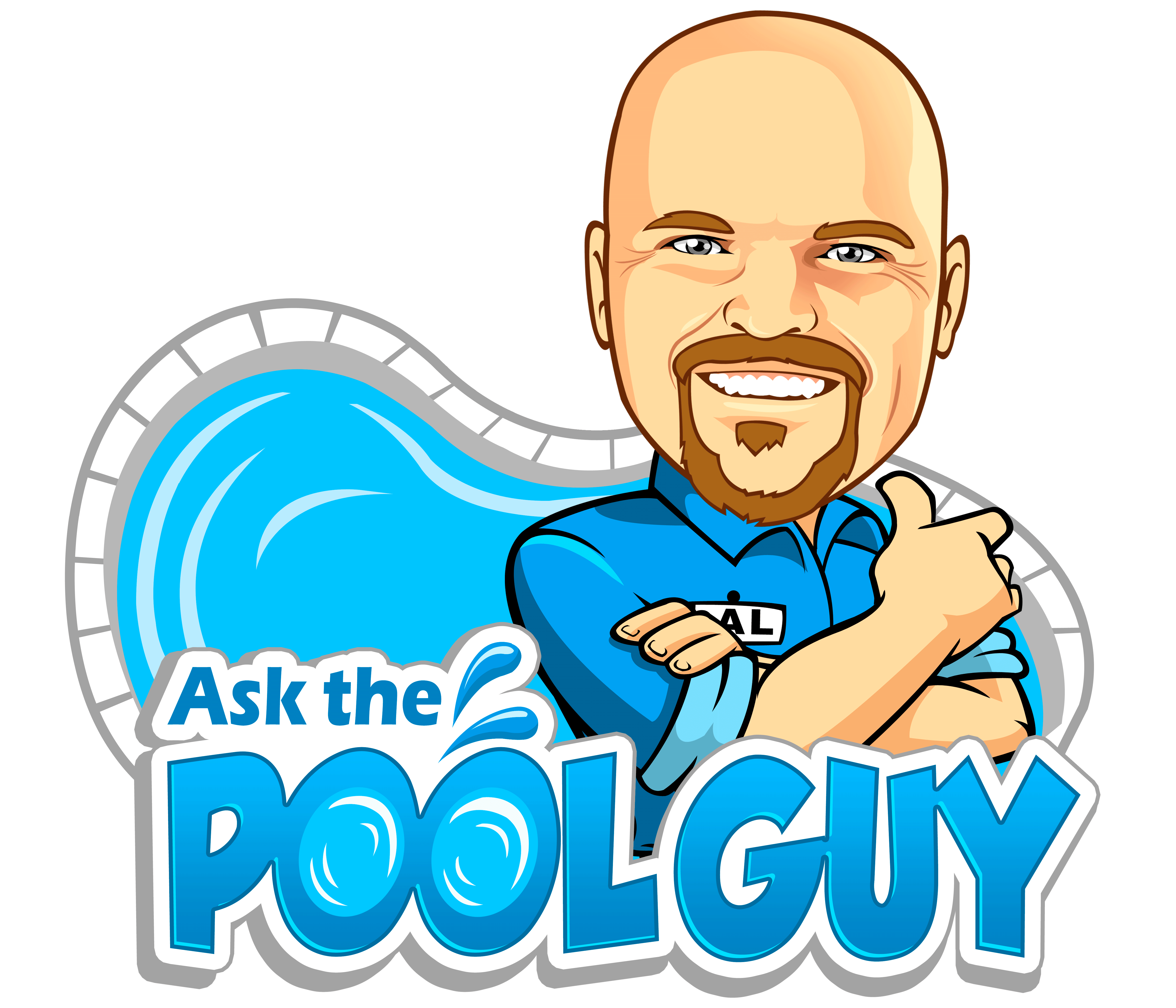This is a guest post by: Matthew Ribar, APi MidAmerica Regional Manager
Matt Ribar has been in the pool industry since 1993, working solely in the chemical side of the industry since 2004. He has been a pool store owner, service manager, and a Chemical Specialist on the distribution side of the pool industry for the U.S. Midwest and Canada. For the past three years he has worked for one of our chemical vendors, APi, the manufacturers of products like Pepper, Revive, and EZ Pool.
Have you ever gone to a hotel or natatorium and been almost knocked off your feet by the chlorine smell in the air? Many people believe that the smell of chlorine in the air means that the pool is “clean” or even “healthy.” Well, that’s not entirely true. That chlorine smell is “used chlorine”, meaning chlorine that has already done its job of sanitizing, used chlorine is known as combined chlorine or chloramine. Chloramine, in high doses, can actually be toxic to bathers.
Shocking or oxidizing (synonymous) the pool comes in to play when there is a combined chlorine reading in the water. To understand this process, there are a couple things about chlorine that you should know:
- In testing your pool there are three chlorine based readings you need to know.
- Free Available Chlorine (FAC) is the measurement of chlorine in the water that has not been used yet, it’s “free” to do its job sanitizing or oxidizing.
- Total Chlorine (TC) is the measurement of all the sanitizer or oxidizer in the water.
- Combined Chlorine (CC) is the difference between the two. It signifies the chlorine that has already been used. This is the chloramine reading.
- TC – FAC = CC
- If there is a difference between the FAC and the TC that is greater than .3 parts per million (ppm) than you need to oxidize the pool water. In oxidization, the combined chlorine that is in the water is oxidized so that it can gas off and leave only free chlorine (chlorine that has not been used) in the pool.
- In order to achieve this oxidization, you must use enough chlorine to reach Breakpoint Chlorination. This is achieved when you put in enough chlorine to reach ten times (10x) the amount of your combined chlorine reading.
There are many ways to oxidize your pool water to reach Breakpoint Chlorination. Let’s discuss the two main ways; chlorine shock and non-chlorine shock.
Chlorine Shock:
There are many types of chlorine shock; liquid chlorine (sodium hypochlorite), cal-hypo (calcium hypochlorite), and lithium (lithium hypochlorite). Each one of these shocks will do the trick but there are inherent differences between them all.
- Liquid chlorine is relatively inexpensive, has a high pH (>13), which can be detrimental in high doses, turns to salt water once finished oxidizing, and an available chlorine of 10-12% (laundry bleach has approximately 4%), but has a low dosage rate to achieve Breakpoint at 1 gallon of liquid chlorine per 10k gallons of pool water. No swimming for approximately 24 hours.
- Cal-Hypo is relatively inexpensive, has a high pH (<11), an available chlorine of 65-75%, can increase your calcium hardness level with prolonged use, but has a low dosage rate of to achieve Breakpoint at anywhere from 1# per 10k-15k gallons depending on the available chlorine percentage. No swimming for approximately 24 hours.
- Lithium is the most expensive of the chlorine shocks, dissolves on contact, has a high pH (<10.5), an available chlorine of 29%, leaves no residue, but has a high dosage rate to achieve Breakpoint at 1# per 8k gallons. No swimming for approximately 24 hours.
To achieve Breakpoint Chlorination, homeowners must know their pools total gallons because if you treat a 22k gallon pool with enough shock to reach Breakpoint for a 20k pool, you are not going to reach Breakpoint but actually make matters worse by increasing the combined chlorine reading. That is where Non-Chlorine Shock comes in.
Non-Chlorine Shock:
Non-Chlorine Shock, also known as Oxone, Potassium Monopersulfate or Potassium Peroxymonosulfate, abbreviated MPS, is totally soluble (dissolves on contact), leaves no residue, has a pH of 9, is relatively inexpensive, has a dosage rate of 1# per 10k gallons of pool water, swimming can resume in 15 minutes, and, most importantly, will oxidize chloramines without needing to reach Breakpoint chlorination. Multiple doses may be necessary if the Combined Chlorine reading is above 2ppm.
In conclusion, there are a couple things to note. If your pool has algae, use a chlorine based shock, MPS will not kill algae. If your pool starts to get hazy, you can use either, but be sure to use any chlorinated shock once the sun is not shining on the pool. UV rays from the sun will shorten the life of chlorinated shocks. Non-Chlorine shock can be used at any time so long as swimmers wait at least 15 minutes before swimming. Non-chlorine shock will not bleach out liners, swim trunks, etc. where if you use chlorinated shocks you should wait until the chlorine level has dropped to normal levels of 2-4ppm of FAC/TC, which is approximately 18-24 hours later depending on the amount of contaminants you are trying to oxidize and the time of day the chlorinated shocks are added to the pool.
About the Author: Matt Ribar has been in the pool industry since 1993, working solely in the chemical side of the industry since 2004. He has been a pool store owner, service manager, and a Chemical Specialist on the distribution side of the pool industry for the U.S. Midwest and Canada. For the past three years he has worked for one of our chemical vendors, APi, the manufacturers of products like Pepper, Revive, and EZ Pool.
